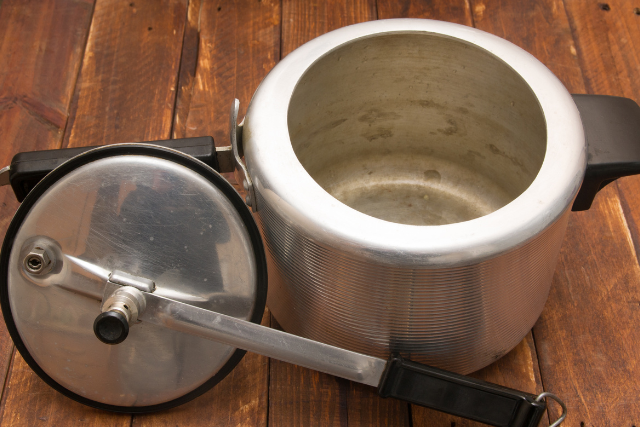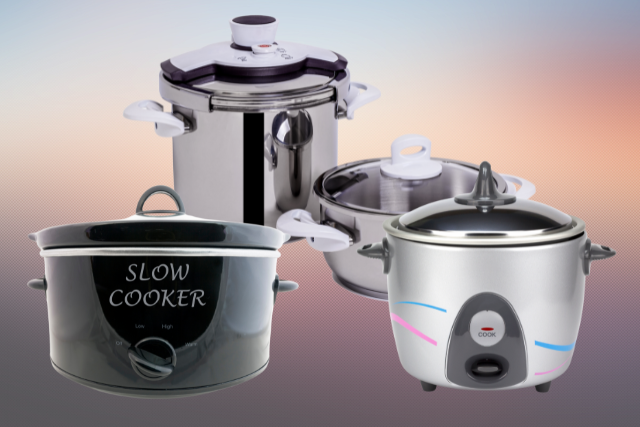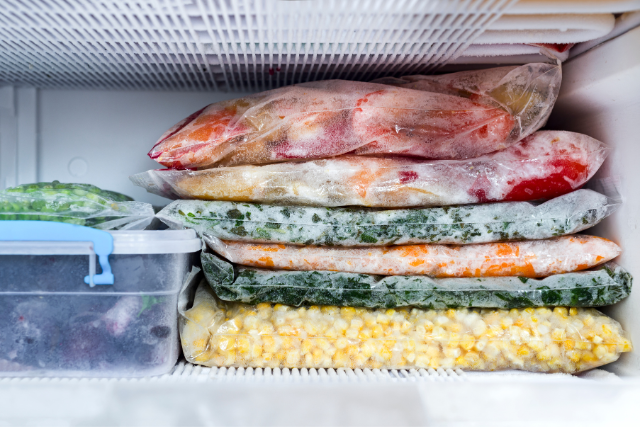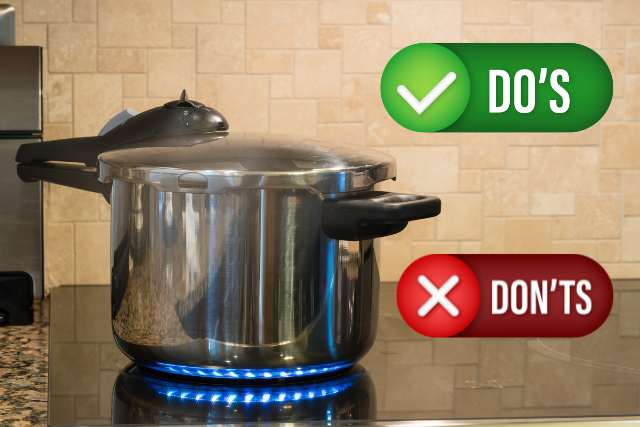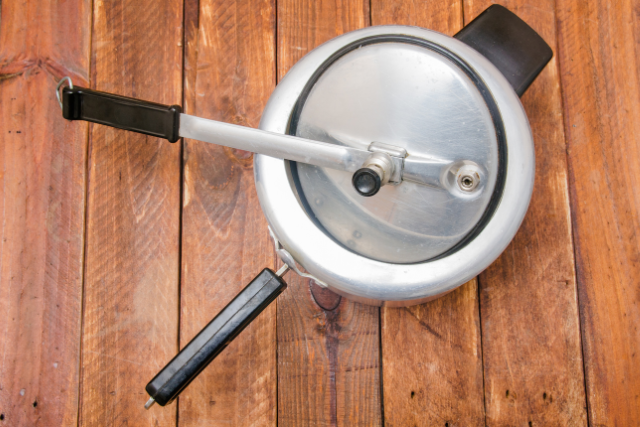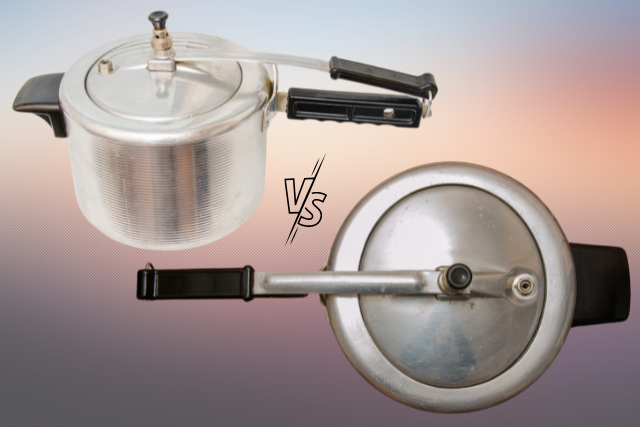Avoid Common Mistakes: Tips for Waste-Free Pressure Cooking
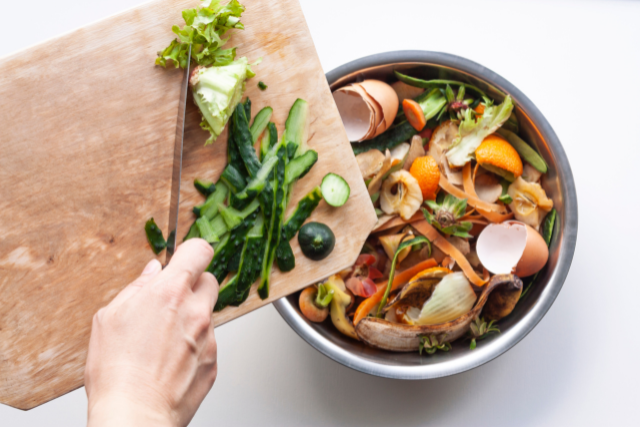
Sometimes, pressure cooking can feel a bit like an adventure. To make sure you don’t end up with a kitchen disaster, there are a few key things to keep in mind. First, get to know your pressure cooker well. It’s like getting to know a friend – the more you know, the better you can work together.
Next, understanding the right amount of water to use is crucial. It’s like the secret ingredient that can make or break your dish. Also, getting the cooking times just right is important. It’s a bit like timing a perfect jump – too early or too late, and you might miss out.
Be careful not to overfill your pressure cooker. Think of it like packing a suitcase – too much, and you can’t close it properly. Choosing the right ingredients is also key. It’s like picking the right team for a game; with the right players, victory is much closer.
Lastly, when it’s time to open the cooker, knowing how to release pressure safely is super important. It’s a bit like landing after a high jump – doing it right means you can walk away ready for the next challenge.
By keeping these tips in mind, you’ll not only save time and energy but also take your cooking up a notch, all while making sure not a bit of effort or resource is wasted. Let’s start this journey together and become pros at pressure cooking without leaving any waste behind.
Key Takeaways
- Utilize proper water ratios for different ingredients to prevent waste and ensure perfect cooking results.
- Adjust cooking times and pressure levels based on ingredient types to avoid overcooking and waste.
- Opt for high-quality, fresh ingredients and compatible cooking methods to reduce waste and enhance flavour.
- Regularly clean and maintain your pressure cooker to prevent malfunctions and extend its lifespan, minimizing waste.
Know Your Pressure Cooker
To be great at cooking without wasting, it’s important to know how your pressure cooker works. Think of yourself as a kitchen hero who uses everything, turning scraps into amazing dishes. By understanding your pressure cooker well, you can save food and energy. This means not just tossing stuff in and hoping it turns out okay. You need to know how your cooker acts with different foods and in different situations.
Your pressure cooker has special settings and features that can change how your food turns out. For example, knowing when to use quick release or natural release can make your food’s texture just right, keeping you from being bummed out by your meal. It’s super important to get to know these options so you don’t end up with food that’s too mushy or still hard.
Mastering Water Ratios
For cooking without wasting anything, it’s important to know how much water to use. If you use the right amount of water, your food will come out just right, and you won’t have extra water left. This means your meals will be perfect and you won’t waste water.
Ideal Water Measurements
To make your pressure cooking awesome, it’s super important to use the right amounts of water. This way, you’ll make delicious food every time, just like the pros. Here’s a simple guide to help you out:
- For rice, mix 1 cup of rice with 1.5 cups of water. Cook it for 4-6 minutes.
- When cooking beans (after you’ve soaked them), use 1 cup of beans with 4 cups of water. This takes 20-25 minutes.
- And for vegetables, it’s easy: 1 cup of water for every cup of veggies, and cook them for just 2-3 minutes.
Remember these tips, and you’ll nail pressure cooking every time!
Avoiding Water Excess
To keep things from getting too wet and mushy, it’s important to get the amount of water just right when you’re using a pressure cooker. We all have had times when we tried to figure out the perfect amount of water to use. If you use too little, your food won’t cook properly. If you use too much, you end up with too much liquid and it’s not good. So, let’s work on getting this correct together.
Perfecting Cooking Times
Now that you know how much water to use, let’s focus on getting the cooking times just right. It’s important to understand pressure levels and think about how high you are above sea level because these things can change how your food turns out. Making sure you’ve got these parts figured out will help your meals be perfect.
Understanding Pressure Levels
Getting to know how much pressure to use when cooking is really important if you want your food to come out just right. If you’re into cooking with a pressure cooker, you’ll learn that each kind of food needs a specific amount of pressure. For tough meats and hard vegetables, you’ll want to use high pressure. This makes them soft and full of flavour quickly. However, for soft things like fish and some vegetables, low pressure is better. It keeps them from getting mushy and keeps the good stuff in them, like vitamins.
When you cook, you’re doing more than just making food. You’re creating special moments. Knowing the right pressure to use means your dishes will always make your family and friends happy. You won’t have to deal with food that’s cooked too much or not enough. Getting this right shows you care about making meals that are good for everyone’s taste and health.
Adjusting for Altitude
When you cook with a pressure cooker and you’re up high, like in the mountains, you need to cook your food a bit longer to make sure it’s done right. This is because at high places, water boils at a lower temperature. This is important for people who love to cook carefully and don’t want to waste anything.
Here’s an easy tip: For every 1,000 feet you are above 2,000 feet, you should cook your food 5% longer. So, if you’re making something that usually takes 20 minutes to cook at sea level, and you’re at 3,000 feet, you add 1 minute to your cooking time. This little change helps you cook tasty and just-right meals, making you feel welcome in the cooking community.
Avoiding Overfilling
To keep cooking safe and your food tasting good, make sure not to put too much in your pressure cooker. Overfilling can cause spills and burns, and it can mess up your meals. Here’s how to get good at controlling how much you put in your pressure cooker.
- For liquids, fill only up to 2/3. This stops them from spilling over.
- For grains and beans, fill only up to 1/2. They need space to grow.
- For other ingredients, stick to 2/3 to cook everything well.
Remember these tips to cook safely and make your food come out right.
Selecting the Right Ingredients
Start by choosing fresh, high-quality ingredients. This helps you cook without wasting anything. It’s important for your food, your money, and the Earth.
When you’re choosing what to cook, think about how they change with pressure. Some veggies, like spinach or zucchini, might get too mushy, but carrots and potatoes work well. Pick things that keep their shape and taste, making your meal better.
Also, think about how long different things need to cook. If you cook things that need the same amount of time together, you won’t end up with some parts undercooked or overcooked. This way, your food will taste good, and you won’t waste food or energy.
Releasing Pressure Safely
Choosing the right stuff for your pressure cooker is important, but knowing how to safely let out the steam afterwards is key to making your food taste great and keeping things safe in the kitchen. When you do this right, you’re showing that you care about cooking well and safely.
There are two main ways to let out steam: the natural release and the quick release. Knowing which one to use can make a difference. If you’re cooking something like soup or rice that might foam up, go for a natural release. This method lets the cooker cool down slowly so you don’t get sudden bursts of hot liquid.
If you’re making veggies or something delicate that can overcook easily, use a quick release. This method stops the cooking right away, so your food keeps its colour and texture. Just remember to keep your hands and face away from the steam vent to avoid getting burned.
Conclusion
To make the most of your pressure cooker and not waste anything, just remember a few easy tips. Get to know how your cooker works, make sure you’re using the right amount of water and cook things for the correct amount of time.
Don’t fill it too much, pick your ingredients carefully, and always be safe when letting the pressure out. Follow these simple steps, and you’ll be making tasty, efficient, and no-waste meals with your pressure cooker in no time. Enjoy your cooking!

